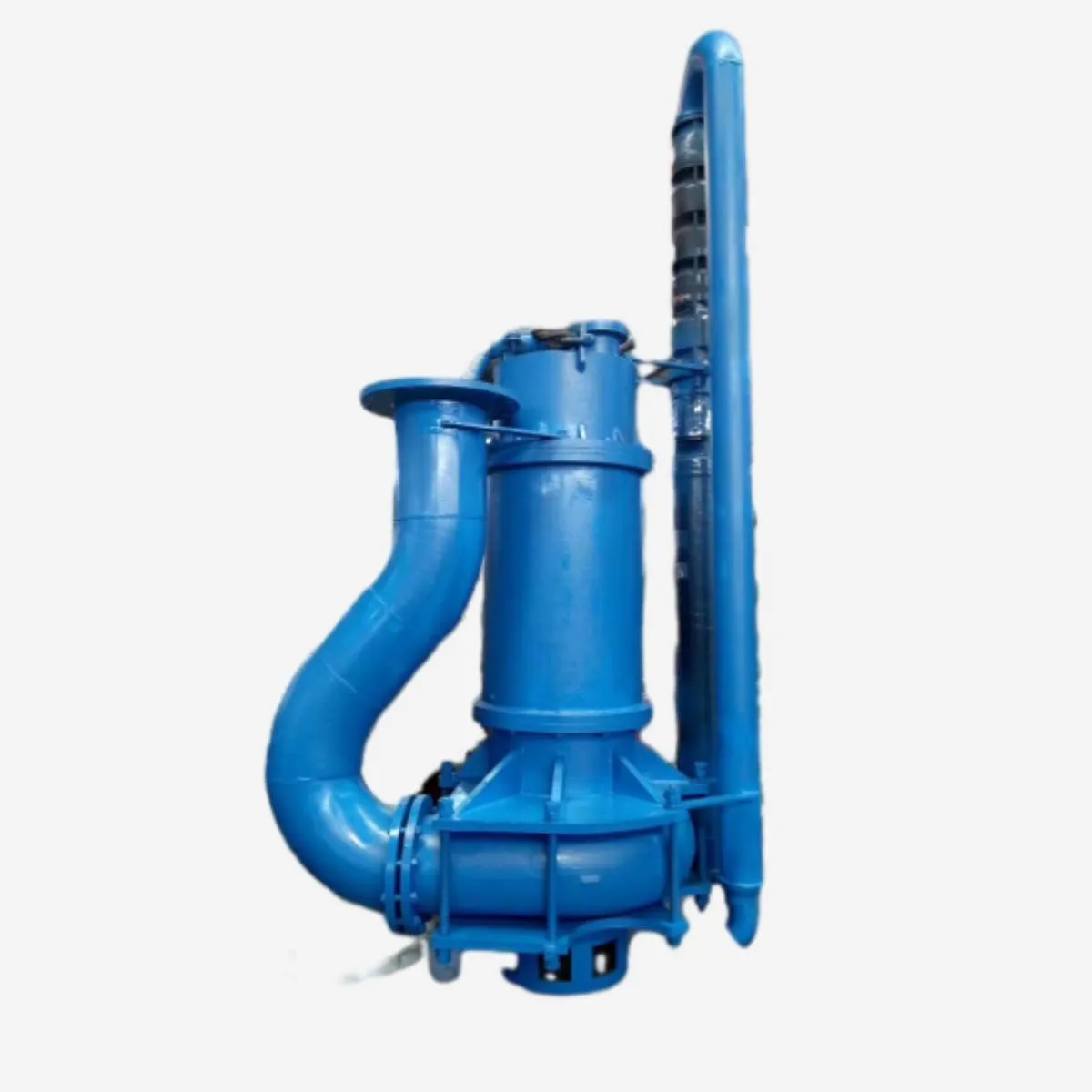English
- Afrikaans
- Albanian
- Amharic
- Arabic
- Armenian
- Azerbaijani
- Basque
- Belarusian
- Bengali
- Bosnian
- Bulgarian
- Catalan
- Cebuano
- Corsican
- Croatian
- Czech
- Danish
- Dutch
- English
- Esperanto
- Estonian
- Finnish
- French
- Frisian
- Galician
- Georgian
- German
- Greek
- Gujarati
- Haitian Creole
- hausa
- hawaiian
- Hebrew
- Hindi
- Miao
- Hungarian
- Icelandic
- igbo
- Indonesian
- irish
- Italian
- Japanese
- Javanese
- Kannada
- kazakh
- Khmer
- Rwandese
- Korean
- Kurdish
- Kyrgyz
- Lao
- Latin
- Latvian
- Lithuanian
- Luxembourgish
- Macedonian
- Malgashi
- Malay
- Malayalam
- Maltese
- Maori
- Marathi
- Mongolian
- Myanmar
- Nepali
- Norwegian
- Norwegian
- Occitan
- Pashto
- Persian
- Polish
- Portuguese
- Punjabi
- Romanian
- Russian
- Samoan
- Scottish Gaelic
- Serbian
- Sesotho
- Shona
- Sindhi
- Sinhala
- Slovak
- Slovenian
- Somali
- Spanish
- Sundanese
- Swahili
- Swedish
- Tagalog
- Tajik
- Tamil
- Tatar
- Telugu
- Thai
- Turkish
- Turkmen
- Ukrainian
- Urdu
- Uighur
- Uzbek
- Vietnamese
- Welsh
- Bantu
- Yiddish
- Yoruba
- Zulu
Telephone: +86 13120555503
Email: frank@cypump.com
Dec . 19, 2024 12:27 Back to list
slurry pump selection
Selecting the Right Slurry Pump A Comprehensive Guide
When it comes to handling abrasive and viscous materials, slurry pumps play an essential role in various industries, including mining, construction, and wastewater management. Proper slurry pump selection is crucial to ensure efficient performance, reduce maintenance costs, and extend the lifespan of the equipment. This article delves into the key factors to consider when choosing the right slurry pump for your specific application.
Understanding Slurry Pumps
Slurry pumps are specially designed to transport mixtures of liquid and solid particles known as slurries. The construction of these pumps often incorporates robust materials to withstand the abrasive nature of the solids. There are two primary types of slurry pumps centrifugal and positive displacement pumps, each suited for different applications.
1. Centrifugal Pumps These pumps utilize a rotating impeller to create a centrifugal force that pushes the slurry towards the discharge. They are ideal for applications with lower solid concentrations and are typically more efficient for higher flow rates.
2. Positive Displacement Pumps These pumps work by trapping a specified volume of slurry and forcing it through the discharge. They are more effective for high solid concentrations and situations where consistent flow under varying pressures is required.
Key Factors to Consider
When selecting a slurry pump, several critical factors must be taken into account
1. Slurry Composition The types of solids present in the slurry—such as size, weight, shape, and abrasiveness—significantly impact pump performance. Conducting a thorough analysis of the slurry will help in selecting the right pump material and design.
2. Flow Rate and Head Understanding the required flow rate and the vertical lift (head) will help in determining the appropriate pump size and type. Flow rates are usually measured in gallons per minute (GPM) or liters per second (L/s), while head is often measured in feet or meters.
slurry pump selection

3. Viscosity The viscosity of the slurry affects the pump's performance. High-viscosity slurries may require specialized positive displacement pumps to handle the increased resistance to flow.
4. Solids Content The percentage of solids in the slurry is crucial. Higher solids content typically requires pumps designed for abrasive and thick materials. Pumps should be selected based on their ability to handle specific solid concentrations without clogging or suffering wear damage.
5. Pump Material The choice of materials for lining and components is vital, as the pump will be exposed to abrasive solids. High chromium alloys, rubber linings, and other wear-resistant materials may be necessary to increase durability.
6. Total Dynamic Head (TDH) When calculating the TDH, consider factors such as friction losses in pipes, elevation changes, and any additional pressure requirements needed for the system to operate efficiently.
7. Pump Configuration The configuration or orientation of the pump can affect its performance. Ensure that the pump's position in the system—horizontal or vertical—aligns with operational needs.
Maintenance Considerations
Selecting the right slurry pump also involves planning for maintenance. A pump that is easy to disassemble and service will lead to less downtime and lower overall operating costs. Be sure to inquire about maintenance plans and the availability of replacement parts.
Conclusion
Selecting the right slurry pump is a multifaceted process that involves understanding the specific requirements of the application and the characteristics of the slurry. By carefully considering factors such as slurry composition, flow rate, viscosity, and material selection, you can ensure optimal performance and longevity of the pump. Investing time and resources in the selection process will ultimately lead to enhanced efficiency and reduced operational costs in your slurry handling operation. Whether you are in the mining, construction, or wastewater management industry, the right slurry pump will make all the difference in maintaining smooth and effective operations.
-
Horizontal Split Case Pump with GPT-4 Turbo | High Efficiency
NewsAug.01,2025
-
ISG Series Pipeline Pump - Chi Yuan Pumps | High Efficiency, Durable Design
NewsAug.01,2025
-
Advanced Flue Gas Desulfurization Pump with GPT-4 Turbo | Durable & Efficient
NewsJul.31,2025
-
ISG Series Vertical Pipeline Pump - Chi Yuan Pumps | Advanced Hydraulic Design&Durable Construction
NewsJul.31,2025
-
ISG Series Vertical Pipeline Pump - Chi Yuan Pumps | Energy Efficient & Low Noise
NewsJul.31,2025
-
pipeline pump - Chi Yuan Pumps Co., LTD.|High Efficiency&Low Noise
NewsJul.31,2025










